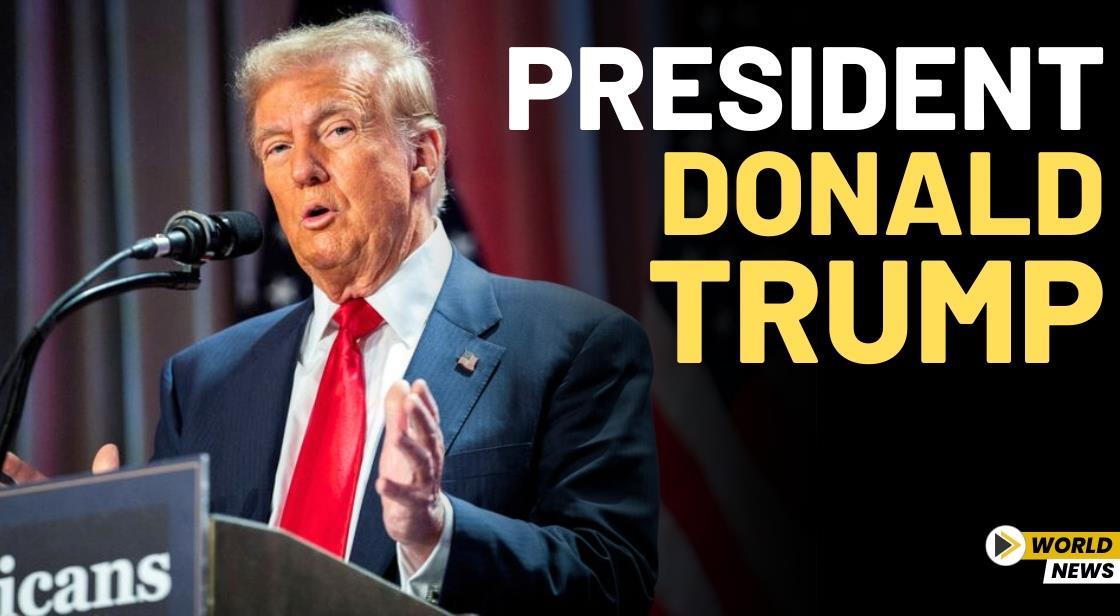Trump Eyes Executive Orders to Fuel AI Growth Amid U.S.-China Tech Race

News Synopsis
The Trump administration is preparing a set of executive orders aimed at significantly boosting the energy supply to support the rapid expansion of artificial intelligence (AI) across the United States, according to four sources familiar with internal planning.
As the U.S. and China vie for dominance in AI technology—a key driver of future economic and military power—power infrastructure has become a critical issue. The energy-intensive nature of AI, which relies heavily on vast data processing capabilities, is stretching the limits of utilities and power grids in many states.
Federal Support for Grid Access and Land Allocation
Sources reveal that the proposed measures include facilitating easier access for power-generating projects to connect to the electricity grid. Additionally, the federal government is considering offering public land for data center development—land that is currently managed by the Defense Department or the Interior Department.
“America the world capital in artificial intelligence”
This statement underscores Donald Trump’s ambition to remove barriers and fast-track AI leadership globally. The administration is also developing a formal AI Action Plan, and is expected to host public events to spotlight the initiative, according to the same sources.
AI Energy Demand Surging in the U.S.
The explosive growth of AI technology is driving the first significant rise in U.S. electricity demand in decades. Between 2024 and 2029, electricity consumption in the country is projected to grow at five times the rate forecasted just two years ago, according to Grid Strategies.
“Power demand from AI data centers could grow more than thirtyfold by 2035,”
— Deloitte Report
However, expanding power generation has faced hurdles due to extensive environmental and impact assessments, often taking years. Grid infrastructure is already under significant strain, and delays in project approvals compound the issue.
Fast-Tracking Power Projects & Clean Water Act Permit Plan
To mitigate delays, the administration is considering prioritizing well-developed power generation projects in the interconnection queue, giving them a better chance of quickly joining the grid.
Another major move under consideration involves simplifying the permitting process for data centers. Instead of requiring state-by-state approval, the federal government could introduce a nationwide Clean Water Act permit, a source said.
Overcoming Data Center Siting and Zoning Barriers
Finding suitable locations for AI data centers has also been challenging due to the large space and energy requirements. Many such projects encounter zoning restrictions and public resistance. The proposed executive orders may resolve this by offering federally managed land as an alternative.
Trump’s Broader Vision: Energy, Jobs & National AI Strategy
Back in January, Trump convened a meeting with top tech CEOs to promote the Stargate Project—a multi-billion dollar collaboration involving OpenAI, SoftBank (9434.T), and Oracle (ORCL.N)—that aims to build massive data centers and generate over 100,000 jobs across the country.
“On his first day in office, Trump declared a national energy emergency to eliminate regulatory barriers to oil and gas drilling, coal and mineral mining, and the construction of gas and nuclear power plants.”
As part of this broader mission, he instructed the administration to formulate an AI Action Plan focused on accelerating America’s dominance in artificial intelligence.
Key Date: July 23 – ‘AI Action Day’
The AI report, featuring input from the National Security Council, is expected by July 23, which may be declared “AI Action Day” to generate public awareness and affirm the administration’s commitment to AI industry development.
Before that, Trump is set to speak on July 15 at an AI and energy-focused event in Pennsylvania, hosted by Senator Dave McCormick.
Notably, Amazon recently committed to invest $20 billion in building data centers in two Pennsylvania counties, underlining the state’s growing significance in AI infrastructure.
Conclusion
With soaring power demands from AI development and growing competition from China, the Trump administration is pursuing a bold strategy that links national energy policy to tech dominance. From allocating federal land to easing regulatory bottlenecks, the planned executive actions could reshape the trajectory of U.S. AI leadership and infrastructure growth. July could be a turning point—setting the stage for America’s AI-driven future.
You May Like









